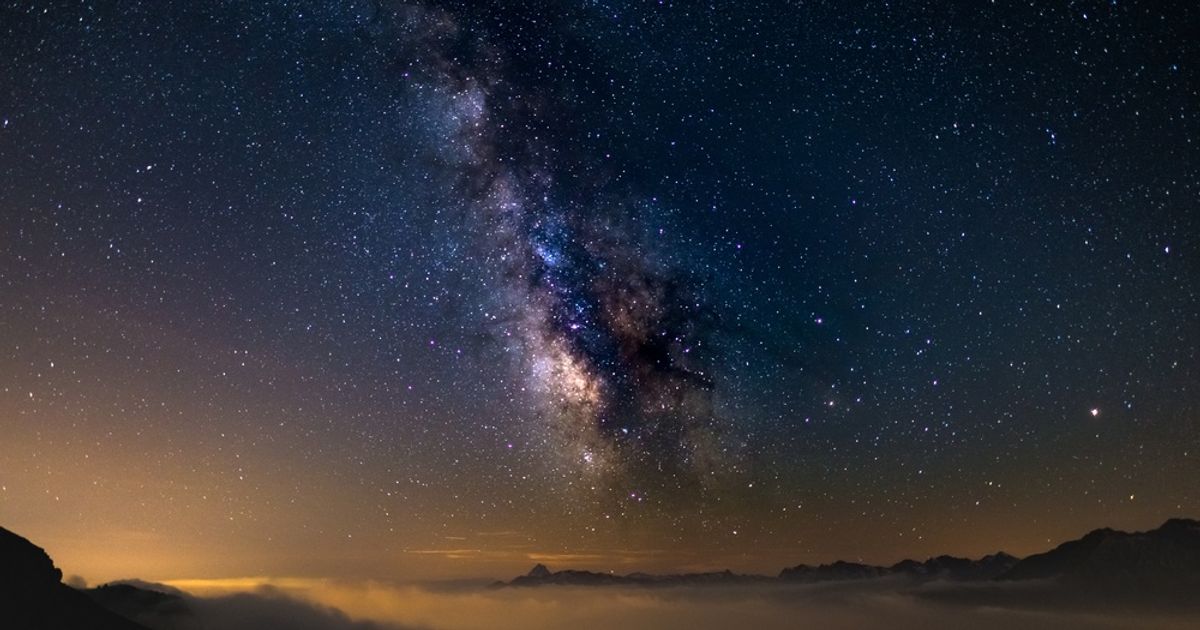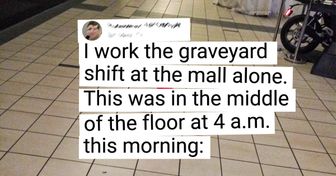16 Womanly Traditions From the Past Generation That Should Be Forgotten Forever


Astrophotography is one of the youngest genres of photography. Although the first photograph of the Moon was taken in 1840, it wasn’t until the 20th century that photo equipment became advanced enough to capture the mysteries of the cosmos. This might amaze you to hear, but modern cameras for shooting planets, stars, comets, and other astronomical objects ‘see’ much more than our eyes do.
Depositphotos invites you on a wonderful space trip. Enjoy the best shots taken by professional photographers who love stargazing and exploring the world from a new perspective.
If you’ve traveled through the wild areas of Europe during starry nights in the summer, you’ve probably seen the Milky Way. The Earth is at the very edge of our galaxy, so we can see most of the Milky Way in the sky at night. Modern astrophysicists believe that in the center of our galaxy is a huge cluster of black holes.
How do astrophotographers capture images of objects that emit so little light and are almost invisible when viewed with the naked eye? The secret lies in low exposure and tripods that allow the lens to rotate toward objects, compensating for the speed of the Earth’s rotation. In this shot, we can see what happens when other moving objects get into the frame.
Not all astrophotography is in color. If an astronomical object is very far away, so much so that its photons can hardly reach the Earth, the photographer can use an electron telescope instead of a standard lens. The first photo above shows the Crescent Nebula taken through a digital telescope, which is about 5,000 light-years away from our planet. And the second one depicts the same space objects being colored afterward.
The Moon is still the one astronomical object that is easiest to capture for photographers. And it’s no surprise since the Moon is located at a distance of only 384,400 km from the Earth’s surface. For shooting stars, photographers need to use slow shutter speeds to collect as many photons as possible, when it comes to the Sun, things are the opposite. For example, to shoot such a gorgeous total solar eclipse, photographers need dimmers and filters.
The aurora borealis is relatively easy to capture, even if you don’t have a lens that can let in a lot of light and a camera with a great sensor, at hand. The hardest part about filming the Northern Lights is being in the right place at the right time. The greatest probability of capturing the aurora borealis is from 10 PM to 3 AM in the northern latitudes, close to the Arctic Circle. The Northern Lights are only visible in clear weather.
Astrophotography is limited by the equipment used by photographers and their locations. For example, even a good photographic matrix and telescopic lens will show no more than 10% of their potential when shooting from a city roof. To capture faint and distant objects like nebulae, photographers need an astronomical lens, a setup that follows objects in the sky that is set to Polaris, and a high ISO camera.
The Horsehead Nebula is the most mysterious and highly visible dark nebula seen from Earth. It is located near Orion (which is 375 light-years from our planet) and is formed by gas masses that are separating from this star. It is the Horsehead Nebula that gives us an idea of how stars are born. The glowing areas around the silhouette of the horse’s head are young stars.
The nice thing about astrophotography is that the photographer doesn’t have to look into the lens the whole time. Usually, the workflow looks like this: a photographer sets up the cameras and waits for the image to develop. Waiting takes place in a tent or around a campfire in the company of friends.
In recent years, astronomical photography has attracted many amateur photographers who previously specialized in landscape photography and panoramas. The fact is that modern photographic equipment is light-sensitive enough to capture the starry sky without an optical telescope. And that’s what happens when you combine landscape photography and astrophotography.
The Mauna Kea Observatory in Hawaii is the perfect place to explore the sky and rare atmospheric events. The observatory building is about 4,000 meters above the sea and is equipped in such a way that photographers and researchers can spend weeks or even months there.
These photographs are reminiscent of The Starry Night, one of the most famous paintings by Vincent Van Gogh that was painted by the artist in 1889.
Astrophotography gives us a sense that the Earth is tiny in comparison with galaxies, distant nebulae, and black holes. The most ambitious futurological novel in the history of the science fiction genre is dedicated to this topic and is called Last and First Men: A Story of the Near and Far Future (by Olaf Stapledon).
This image was taken near the active Mount Bromo volcano. Due to the constant activity of the volcano and the smoke, there are no settlements near the mountain, which means that the level of light pollution here is very low. When Mount Bromo calms down for a while, Indonesian photographers have the opportunity to capture gorgeous landscapes with starry skies and mountain peaks outlined.
Lake Powell is an artificial body of water created in the states of Arizona and Utah to extract water for use during periods of drought. The lake is located in an ancient canyon, the walls of which are carved by wind streams. The Glen Canyon Dam is often used by filmmakers (Walking with Monsters, Gravity, Evolution, and many other movies were filmed here) and amateurs of astrophotography.
Despite the fact that astrophotography is a method of scientific research, we can use it to enjoy the perfection of the universe and ponder on its mysteries.
Stargazing (even through the lens of the Depositphotos photographers) can help you cope with heavy thoughts and daydream a little. Use the astronomical collection to take a breather in the midst of a busy day, or grab your camera and head out of town for a weekend to capture the movement of the stars across the sky by yourself.
= This article is sponsored by Depositphotos =











